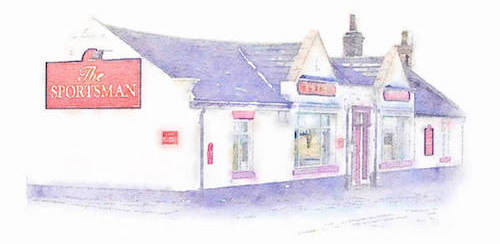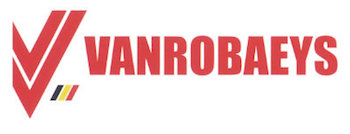Secretary’s Report
NFC Tarbes
At an average distance of 800 miles to all our member’s lofts we had 8 birds entered by 4 lofts. When race day arrived it is true to say that we thought a late afternoon liberation would be on the cards. Given the intense heat and high humidity it seemed that an enforced night out for all the birds was the most sensible approach to gain the best outcome. This was not to be and the Convoyer who has an unenviable task in these conditions had them away early. Unfortunately when the race closed no birds had been timed in Section N and at the latest count I understand that Ray & George Anderson at Washington and our own Mcsween & Sexton at Sunderland had birds back. These gallant birds had stuck to their task and are a credit to their owners.
We send our congratulations to the Open winner and all those who timed in race time. Special well done to Tom Williams, at Orpington in Kent who timed 2/3 of his entries to take 19th and 63rd Open. Great flying with bloodlines Tom had from Mcsween & Sexton of the Sportsman.
NFC Sigogne
This event quickly came around and on Wednesday the 18th of July we had 9 Sportsman members entering a total of 19 birds. With a distance of between 600 and 639 miles to cover another testing race was expected. When word came through that the birds had been liberated at 6.30 am in a South Westerly wind there appeared an outside chance of something making it into the North East on the day. All eyes were on the NFC early leader board and whilst it was not awash with early arrivals there was still hope that a brave little gladiator might make it up here on the day. However when nightfall came I eventually left my allotment after 10pm disappointed that nothing had been recorded on the day into Section N. So next morning it was back to the loft by 4.30 am. still filled with hope and expectation. During the course of the day word came through that 3 brave birds had been recorded in Section N but nothing in the Sportsman club.
It was not until just after 6am on the 3rd morning when I clocked my 2015 bred Chequer Cock, Virtue, to take 1st Club 4th Section N. I was absolutely delighted to see him as he made straight for his nest to see the baby that had just chipped at his departure. 5 weeks earlier Virtue, had flown 3rd Club and Section from Ancenis (523 miles) so as you can see he is a real trier. Being a grandson of Virtue’s Pride crossed with the best of Patrick Bros. Barcelona bloodlines. I was quietly confident that he would do the distance.
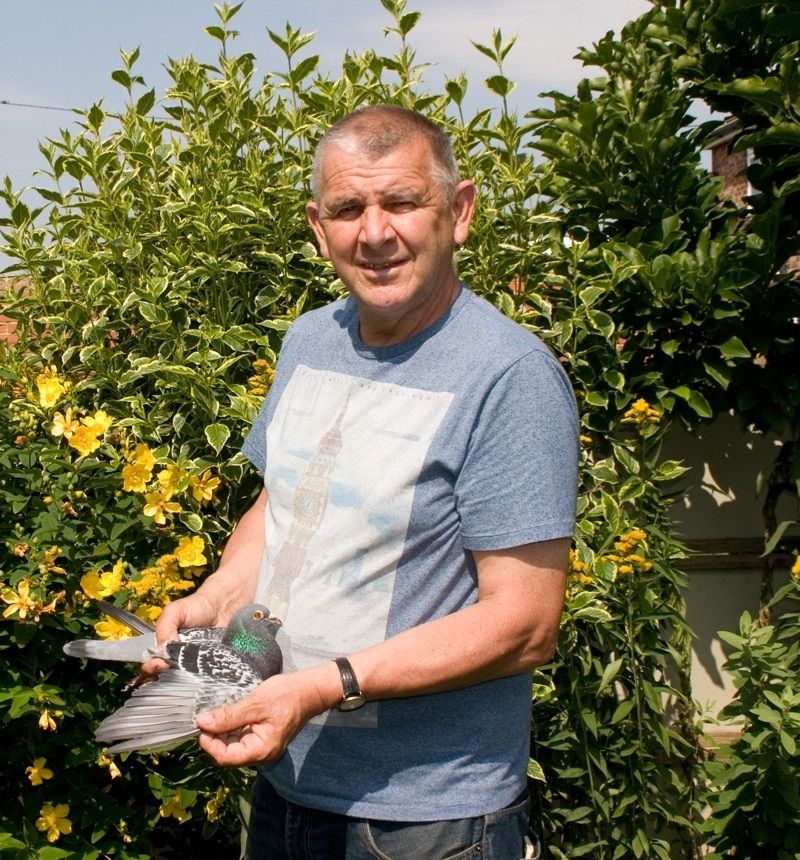 Bob McKie of Blackhall Mill Newcastle Upon Tyne 1st 4th 6th Sportsman FC 4th Section N Sigogne
Bob McKie of Blackhall Mill Newcastle Upon Tyne 1st 4th 6th Sportsman FC 4th Section N Sigogne
Taking 2nd Sportsman is the ever consistent Barrie Blackett at Butterknowle who timed his 3 year old Blue Hen which was sent sitting 10 day eggs. In her breeding is a mixture of his Queens Cup winner, his outstanding National Hen Jass blended in with various top Scottish loft bloodlines. Barrie also had the added excitement of using his brand new IPigeon ETS system for the first time but more of that later.
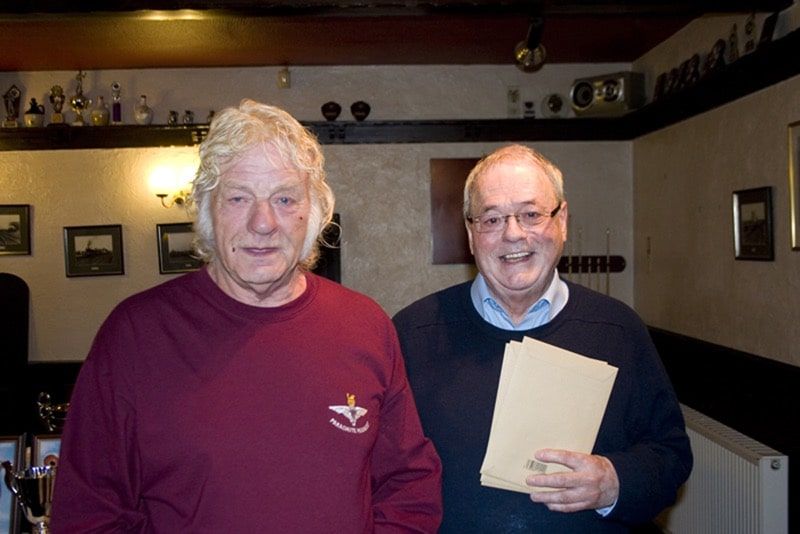 Barrie Blackett of Butterknowle 2nd & 5th Sportsman FC 5th Section N Sigogne pictured with Rod Adams
Barrie Blackett of Butterknowle 2nd & 5th Sportsman FC 5th Section N Sigogne pictured with Rod Adams
John & Steven Best at Stockton timed a 5 year old cock at 0746 on the Tuesday. Speaking to John before the race he was very confident that this single entry would do the journey having successfully flown the channel many times.
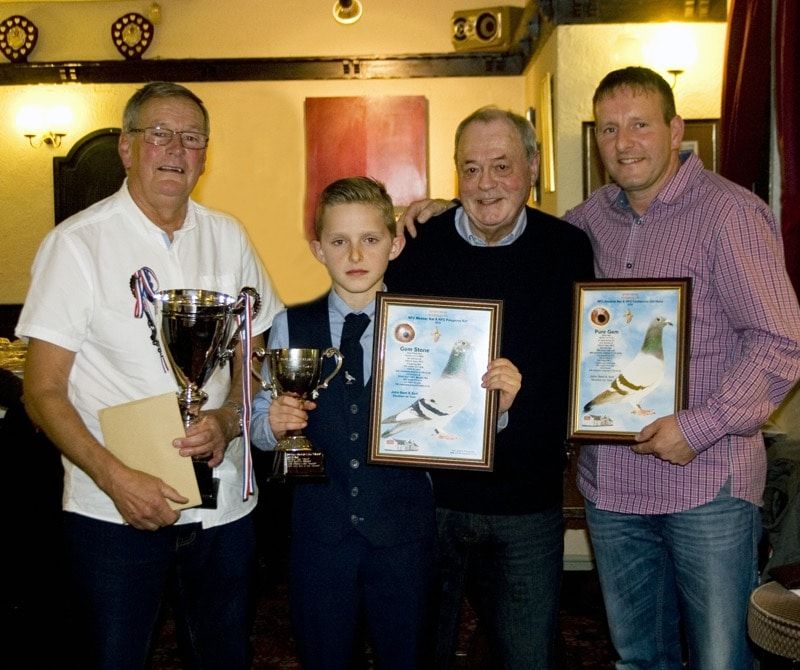 John & Steven Best 3rd Sportsman FC Sigogne Nat
John & Steven Best 3rd Sportsman FC Sigogne Nat
I timed my 2 year old Chequer Cock, Latte, at 7.10 am on the Wednesday to grab 4th Club. Sent feeding a 9 day baby his sire is Patrick Bros. when paired to a Jan Aarden hen bred by Peter Virtue.
Barrie Blackett, takes 5th Club with his second entry a 3 year old Blue Hen bred on similar lines to his first bird and sent feeding a 2 day baby.
Finally just before the race closed I got a third bird my yearling Red Hen called AA. This young hen was sent feeding an 8 day baby. She was previously 8th Section N from Messac (490 miles) 7 weeks earlier and given her calm demeanour and all round fitness I was convinced she would do the distance. Bred by my friend Alan Astin, at Carnforth, from his distance family was a critical factor in my decision to send AA. It will be interesting to see how she develops as a 2 year old.
Jeff Walton also timed just out of race time giving us a 33% return rate with hopefully a few more to drift in.
Vanrobaey Sponsorship
Your truly was the winner of the Vanrobaey race sponsorship prizes which included 2 bags of No. 56 and a range of products including Grit, Pickstones & HYP 1000. I must say that I find the Vanrobaey No 193 Non Stop and No 35 High Fat mixes excellent when preparing for the longer races.
National Racing in the North East
Whilst appreciating that for some years there has been a disappointing level of interest in National racing there is no doubt that we have seen some exciting results recently highlight what can be achieved when you set your mind to it. I have picked out a couple of examples to highlight this fact. The first being that of Ray & George Anderson of Washington who put up a brilliant performance in the NFC Sigogne National on the 22nd July taking 1st Section N, 47th Open flying 637 miles when they timed a 2 year old very early second morning recording a velocity of 1232 ypm with 2660 birds competing. This incredible performance from a bird which had earlier in the season won 1st Section N 491st Open in the Coutances National against more than 6500 birds. This has to be the stand out performance of the race not least as they were flying 240 miles further than the excellent Open winner of Roger Lowe of Reading which was doing 1325 ypm.
The second example is that of Mr & Mrs Brian Hicks of Murton. On the 26th July when flying in the BICC Bordeaux event a distance of 686 miles they timed a fantastic 3 year old early second morning (6.50 am) take 1st Section E and Provisionally 25th Open from 833 birds. The velocity was 1202 ypm this was despite some very adverse weather conditions on the English Channel where the wind was a strong West, South West coupled with intermittent heavy showers and thunder in the UK. Simply outstanding.
These performances were achieved by fanciers both dedicated and single minded in approach to long distance racing with of course top quality stock and management. They demonstrate to the North East fancier what can be achieved with hard work and I hope that this may encourage others to pick up the challenge.
IPigeon ETS
As I mentioned earlier Barrie Blackett is the first of our members to be using a new IPigeon ETS. There was a great deal of interest among members to find out how it compared with other more established systems. Like any new “toy” there were some teething issues but overall Barrie was more than content with performance. I thought it was testing to set up (lots of cables) but once sorted everything went smoothly and efficiently. The ability to load a different manufacturers chip rings caused no problems and is certainly an added bonus.
Climate Change
By the time this article hits the press it will be August and the question is, will we be still experiencing the “heat wave”? For many it is their first experience of such a long spell of continues high temperatures however for some like myself who can recall previous extended spells not least 1976 the difference is that this current spell is accompanied by high humidity and predominantly east winds. This combination is very unusual and clearly has an impact on our racing birds.
Data shows that over the last 10/15 years the Earth temperature has gradually being increasing year on year not least because of the greenhouse gas affect. Furthermore scientists are predicting that this trend will continue and the cause and effect cannot be reversed before 2050 but this will only happen if all Governments across the World get their act together in the fight against Global Warming.
From a personal perspective I believe that we cannot ignore the evidence and need to act now to ensure the welfare of our birds is protected. There are many who will disagree, some will bury their heads in the sand and many that will simply pay lip-service to the problem. However it is time to take positive steps to prepare pigeon racing for the changing environment, if we don’t and are found wanting we will inevitably face external pressures which may gain traction and result in racing being curtailed. There is no time to waste and much to do. For a start off the transporter standards and their associated issues needs a full review. Now this could lead to some painful decisions with serious financial implications yet gone are the days when it is acceptable to say “we have always done it this way”. There is mounting evidence that complacency is no longer acceptable.
Best of luck to everyone with the coming young bird season.
